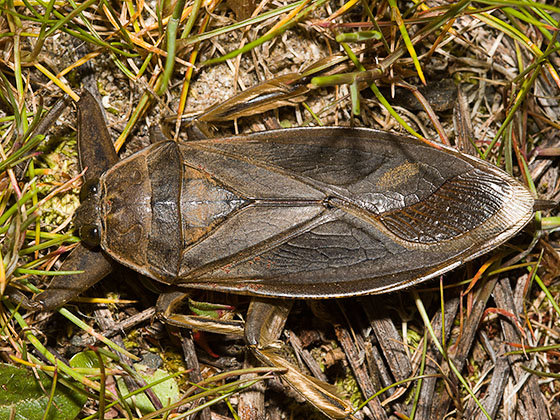 The house fly (musca domestica linnaeus) is a well-known cosmopolitan pest for both farm and home. You can find house-fly whenever there is human or animal. Flies like dirty environment or warm environment that left out like garbage. They spit saliva on their food wich liquifies it so they can suck it up for nutrient with their sponge-like mouths.
The house fly (musca domestica linnaeus) is a well-known cosmopolitan pest for both farm and home. You can find house-fly whenever there is human or animal. Flies like dirty environment or warm environment that left out like garbage. They spit saliva on their food wich liquifies it so they can suck it up for nutrient with their sponge-like mouths.
Eggs
The white egg, about 1.2 mm in length, is laid singly but eggs are piled in small groups. Each female fly can lay up to 500 eggs in several batches of 75 to 150 eggs over a three to four day period. The number of eggs produced is a function of female size which, itself, is principally a result of larval nutrition. Maximum egg production occurs at intermediate temperatures, 25 to 30°C. Often, several flies will deposit their eggs in close proximity, leading to large masses of larvae and pupae. Eggs must remain moist or they will not hatch.
Larva
 Early instar larvae are 3 to 9 mm long, typical creamy whitish in color, cylindrical but tapering toward the head. The head contains one pair of dark hooks. The posterior spiracles are slightly raised and the spiracular openings are sinuous slits which are completely surrounded by an oval black border. The legless maggot emerges from the egg in warm weather within eight to 20 hours, and immediately feeds on and develop in the material in which the egg was laid.
Early instar larvae are 3 to 9 mm long, typical creamy whitish in color, cylindrical but tapering toward the head. The head contains one pair of dark hooks. The posterior spiracles are slightly raised and the spiracular openings are sinuous slits which are completely surrounded by an oval black border. The legless maggot emerges from the egg in warm weather within eight to 20 hours, and immediately feeds on and develop in the material in which the egg was laid.The larva goes through three instars and a full-grown maggot, 7 to 12 mm long, has a greasy, cream-colored appearance. High-moisture manure favors the survival of the house fly larva. The optimal temperature for larval development is 35 to 38°C, though larval survival is greatest at 17 to 32°C. Larvae complete their development in four to 13 days at optimal temperatures, but require 14 to 30 days at temperatures of 12 to 17°C.
Pupa
 The pupal stage, about 8 mm long, is passed in a pupal case formed from the last larval skin which varies in color from yellow, red, brown, to black as the pupa ages. The shape of the pupa is quite different from the larva, being bluntly rounded at both ends. Pupae complete their development in two to six days at 32 to 37°C, but require 17 to 27 days at about 14°C). The emerging fly escapes from the pupal case through the use of an alternately swelling and shrinking sac, called the ptilinum, on the front of its head which it uses like a pneumatic hammer to break throug the case.
The pupal stage, about 8 mm long, is passed in a pupal case formed from the last larval skin which varies in color from yellow, red, brown, to black as the pupa ages. The shape of the pupa is quite different from the larva, being bluntly rounded at both ends. Pupae complete their development in two to six days at 32 to 37°C, but require 17 to 27 days at about 14°C). The emerging fly escapes from the pupal case through the use of an alternately swelling and shrinking sac, called the ptilinum, on the front of its head which it uses like a pneumatic hammer to break throug the case.Adult Fly
 The house fly is 6 to 7 mm long, with the female usually larger than the male. The female and can be distinguished from the male by the relatively wide space between the eyes (in males, the eyes almost touch). The head of the adult fly has reddish-eyes and sponging mouthparts. The thorax bears four narrow black stripes and there is a sharp upward bend in the fourth longitudinal wing vein. The abdomen is gray or yellowish with dark midline and irregular dark markings on the sides. The underside of the male is yellowish.
The house fly is 6 to 7 mm long, with the female usually larger than the male. The female and can be distinguished from the male by the relatively wide space between the eyes (in males, the eyes almost touch). The head of the adult fly has reddish-eyes and sponging mouthparts. The thorax bears four narrow black stripes and there is a sharp upward bend in the fourth longitudinal wing vein. The abdomen is gray or yellowish with dark midline and irregular dark markings on the sides. The underside of the male is yellowish. source : creatures.ifas.ufl.edu
image : www.flycontrol.novartis.com, www.infovisual.info, www.livingwithbugs.com





















